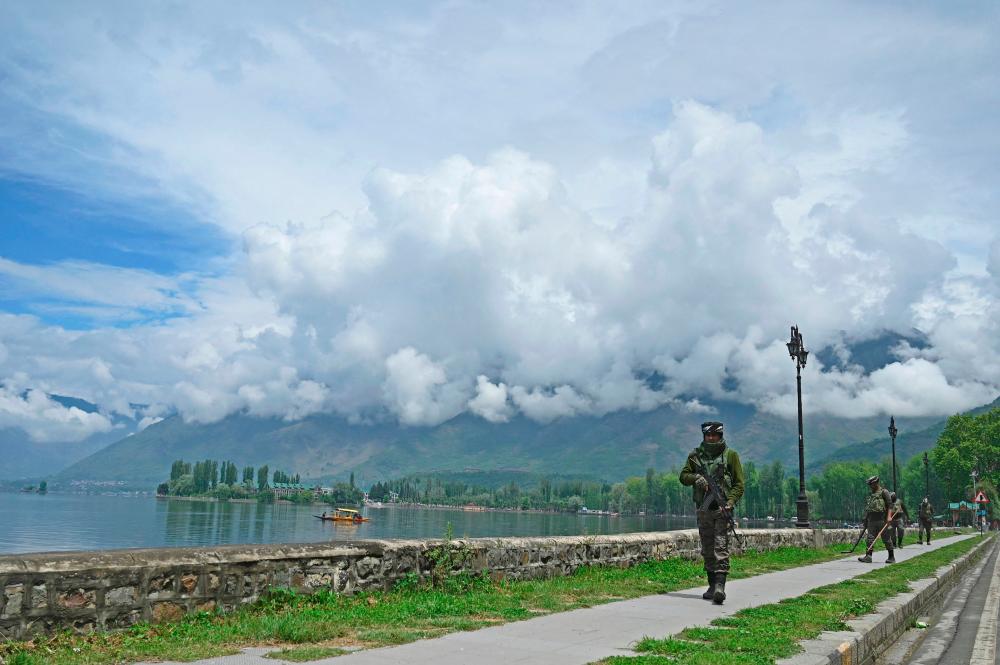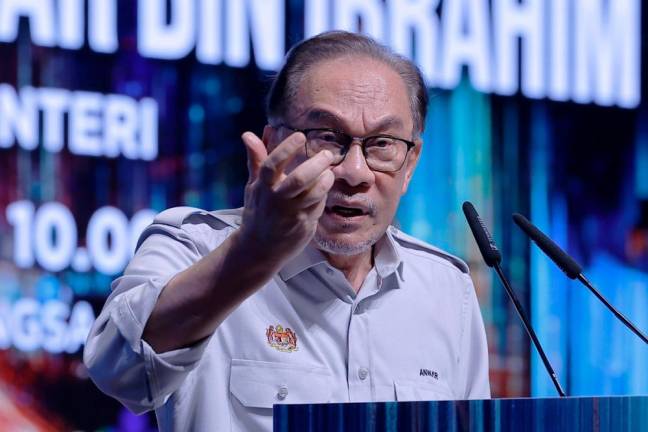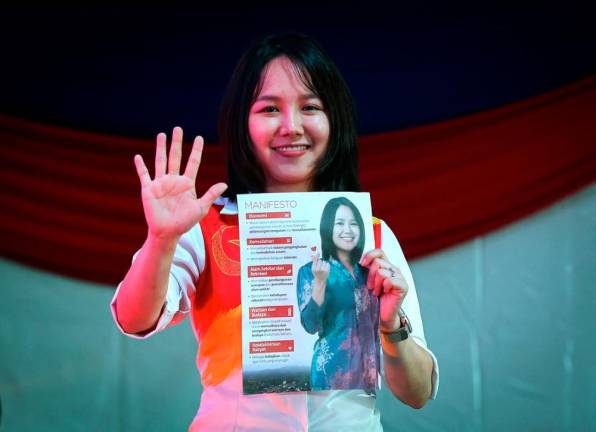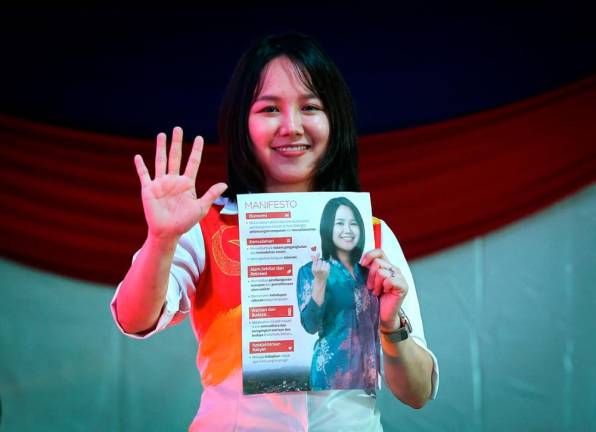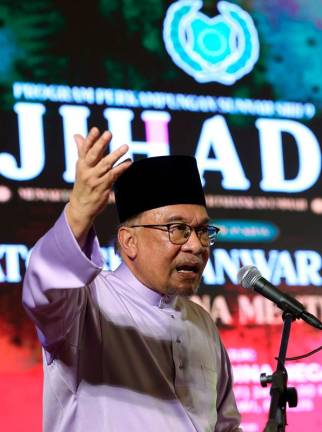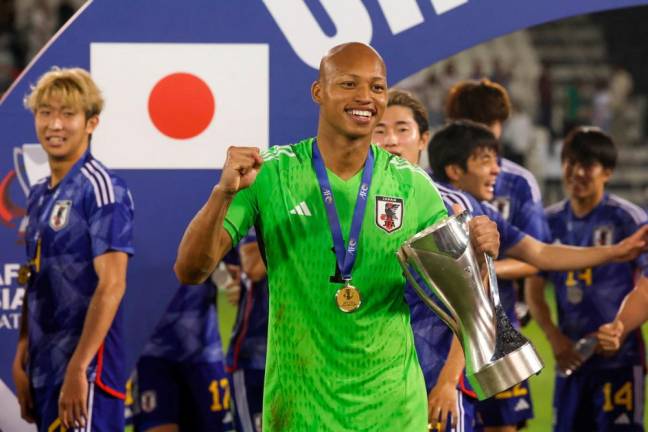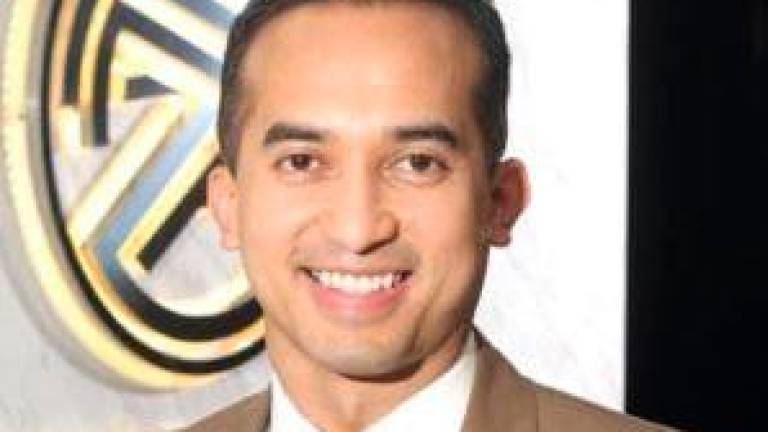“INDIA ... the Mother of all democracies”, according to Prime Minister Narendra Modi in his address to the United Nations General Assembly in September 2021.
In a more recent address on the occasion of the unveiling of the logo, theme and website of India’s G20 Presidency, Modi elaborated on India’s role in the world.
“It is our responsibility to introduce the world to India’s thinking and strength, to India’s culture and social power. It is our responsibility to enhance the knowledge of the world with the intellectualism of our thousands of years old culture and the modernity contained in it. The way we have lived the idea of ‘Jai-Jagat’ for centuries and millennia, today we have to bring it alive and present it to the modern world.”
India and Modi, in fact, have many admirers, especially among the West’s political leaders, policy analysts and media, even if they may be sceptical about the “thousands of years old” intellectualism of Indian culture and “modernity contained in it”.
“Biggest democracy in the world”, “exceptional and exemplary model of development”, the West’s “preferred economic and strategic partner based on shared principles such as the rule of law”, “ a country “driven by norms, good governance, openness, transparency and equality” - these and more accolades have been showered on the country.
Why India is the West’s Democracy poster child
Some among those touting India as the role model for democracy and development have done so not because they are fans of Indian-style democracy or because they believe in the pro-India platitudes regularly trotted out by the “free world” media.
They have taken to marketing India to enlist its support to counter the rise of China and what they regard as the challenge by a communist system with limited rights and freedoms for its citizens.
China today, however, comes with the greatest poverty alleviation and development record in modern history thus providing a different role model for developing nations.
Also with its economic and technological progress, it poses the biggest challenge to US leadership and the western dominated international political and economic order.
For the US and its allies, the Communist Party governing China is an unacceptable single-party political system in contrast to India’s multi-party system based on Western concepts of parliamentary elections.
Thus, bromides on India’s unique role in the enhancement of democratic governance and as a model of democracy for developing nations sprouted particularly on occasions such as when India recently joined the Quad, the security partnership with the US, Japan and Australia, and during other similar initiatives aimed at condemning and containing China.
Playing to the Western gallery of “democracy” lovers, Modi in his speech at the Quad summit in May 2022 described the Quad as “a force for global good” because “we (the four Quad countries) are united by our democratic values”.
In joining QUAD, Modi is clearly setting the country to be a US associate against the QUAD’s targeted enemy of China with which India has an ongoing frontier dispute battle.
India: One of the world’s worst autocracies
But what is the value-added democracy that Modi’s government has introduced to India and the rest of the world?
The reality, kept out of policy and public sight, is now emerging that India’s democracy is not only flawed.
It has also regressed into what the V-Dem (Varieties of Democracy) Institute at the University of Gothenburg in Sweden, calls “one of the worst autocratisers in the last 10 years”.
The Institute’s 2023 Democracy report placed India in the bottom 40% to 50% on its Liberal Democracy Index at rank 97, 108 on the Electoral Democracy Index (below Tanzania, Bolivia, Mexico, Singapore and Nigeria) and 123 on the Egalitarian Component Index.
Perhaps the most disconcerting is the finding that religious freedom in India is at its lowest level since 1975.
Long seen as a shining example of a secular state, in reality, the Indian state has increasingly privileged Hinduism over other religions and religious communities.
An early warning of this development had in fact been provided in 2019 by the Carnegie Endowment for International Peace, one of very few American think tanks providing independent analysis of major global problems.
Its special feature on “The BJP in Power: Indian Democracy and Religious Nationalism” warned that the upsurge in Hindu nationalism ushered in by Modi’s government is reshaping Indian society, secularism, economics and diplomacy.
Since then, some Western media that have actively courted New Delhi during the past decade are beginning to view Modi’s India through less rosy lenses.
An opinion piece in the New York Times, one of the most influential US newspapers, had the following conclusion: “But a deeper and much older hindrance to the development of a healthy, resilient democracy has been India’s historical failure to ensure the welfare of its poorest citizens. Hundreds of thousands of children die each year from hunger, and more than a third are stunted even as Indian billionaires race up the global wealth charts.
“Neoliberal policies have compounded inequality, with the state retreating from fundamental responsibilities such as health and education. This breeds a life of indignity and powerlessness for millions who take refuge in group identity, gravitate toward strong leaders promising to defend them against other groups and easily become hooked on the mass opioid of religious hatred now being used to redefine secular India as a Hindu state.
India’s response
India’s response to the recent downgrading of its democratic credentials is encapsulated in this denunciation of the reports by Foreign Minister S. Jaishankar in March 2021 at the India Today Conclave South 2021:
“You use the dichotomy of democracy and autocracy. You want the truthful answer, it is called hypocrisy because you have a set of self-appointed custodians of the world, who find it very difficult to stomach that somebody in India is not looking for their approval, is not willing to play the game they want to be played.
“So they invent their rules, their parameters, they pass their judgements and then make out as though this is some kind of global exercise”.
Elsewhere, according to Jaishankar, the “two centuries of national humiliation” that the West inflicted upon India and the US$45 trillion (RM200.7 trillion) estimated by Indian economist, Utsa Patnaik, that was drained and stolen from the subcontinent by Britain from 1765 to 1938 are justifications for India’s refusal to side with the West.
A large part of Jaishankar’s response to India’s domestic and international position can be seen to be not only not different but also very much a copy of how China has been responding to Western criticism of Tibet, Xinjiang, Hongkong, Falun Gong and other similar subjects of controversy in the geopolitical sphere.
Now that India’s honeymoon with the West seems to be over, this is the time for the two Asian nations to make peace on their boundary dispute and get their act together to take on the “self-appointed custodians of the world”.
Lim Teck Ghee’s Another Take is aimed at demystifying social orthodoxy. Comments: letters@thesundaily.com



